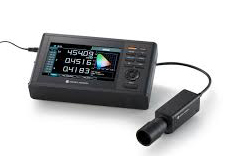Color, Light & Display Test Solution
Colour & Appearance Test Solutions
Our product is a stand-alone colour measuring instrument, is bench-top spectrophotometer with a large LCD screen and onboard software which eliminates the need for a separate computer. Colour plots, as well as graphical and numerical data are displayed on the screen. The Operation Wizard, included with the unit, guides the user through the measurement process. Select Automatic Calibration to perform calibration every time the unit is turned on. Not only can the unit measure both transmittance and reflectance, but the user can can designate PASS/FAIL tolerances for each measurement as well.
It’s no problem to measure samples in many forms such as pellets, solids, gelatins, powders, and pastes with our product, and that includes opaque, transparent, and translucent liquids.
The Spectrophotometer has the ability to take measurements for the chemical and pharmaceutical industries according to several standard indices: Gardner, Hazen/APHA, Iodine Color Number, US Pharmacopeia, and European Pharmacopoeia. This can store and later recall settings for multiple-user situations, using USB memory sticks, or store data on USB memory sticks for computer analysis later. If a user need a more advanced analysis of data, the Spectrophotometer can be connected to a PC with colour software.
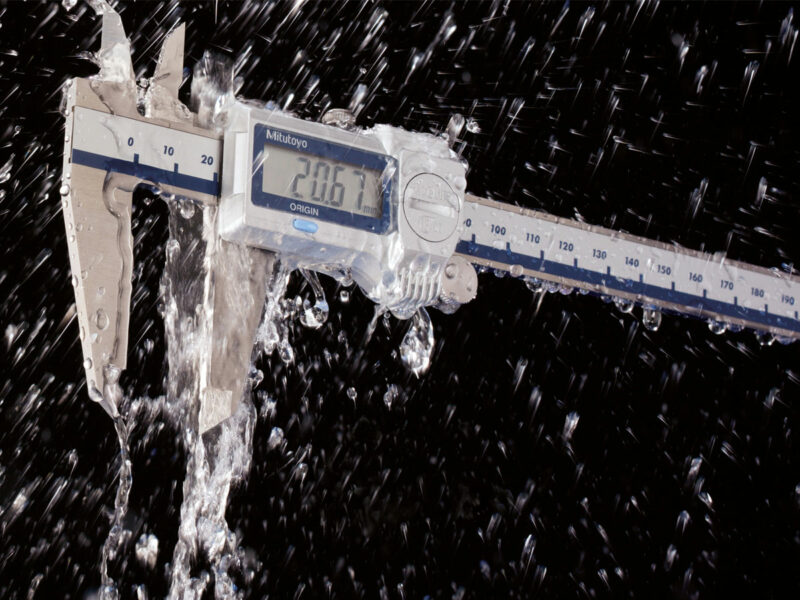
The unit can store up to 1,000 measurements internally, or 2,000 when the data processor is connected, it’s easy to use. Chroma Meter features a 50mm aperture, and since it’s portable it has the ability to be used in various applications to measure multiple kinds of surfaces and different types of products.
The compact, lightweight data processor is battery operated (or can be connected by AC adapter) and enables users to print results on-site for easy labeling. It has features a user index function allowing customers to configure evaluation and color calculation formulas as desired. This feature is extremely useful when industry-specific or customized formulas are used instead of the versatile color system and standard evaluation formula (L*a*b*).
Color-difference graphs and pass/fail information can be displayed on the instrument’s LCD screen, and can be set in one of six different languages including French, German, Japanese, Italian, Spanish, and of course, English. Type user comments right into the results, or customers can use the data processor to determine channel names. If users need to accommodate target types like powders, pastes, or liquids, a variety of accessories are available to accommodate.
The software for Chroma Meter makes it easy-to-use, and the software displays multiple views of data results that can easily be edited. Sophisticated QC applications, such as checking for color difference is possible by associating target data of the primary target to two or more secondary targets.
With the software easy drag-and-drop functionality, users can quickly put information into the software for easy interpretation after printing. Preconfigured templates are available, and a variety of graphs can be used to display information, plus users can see information at a glance right in the available status window. Easily transfer older data—compiled with older software—into the newest updated software with complete compatibility. Easily transfer data into Excel, and use the Navigation Function and Colour Tutorial for more information.
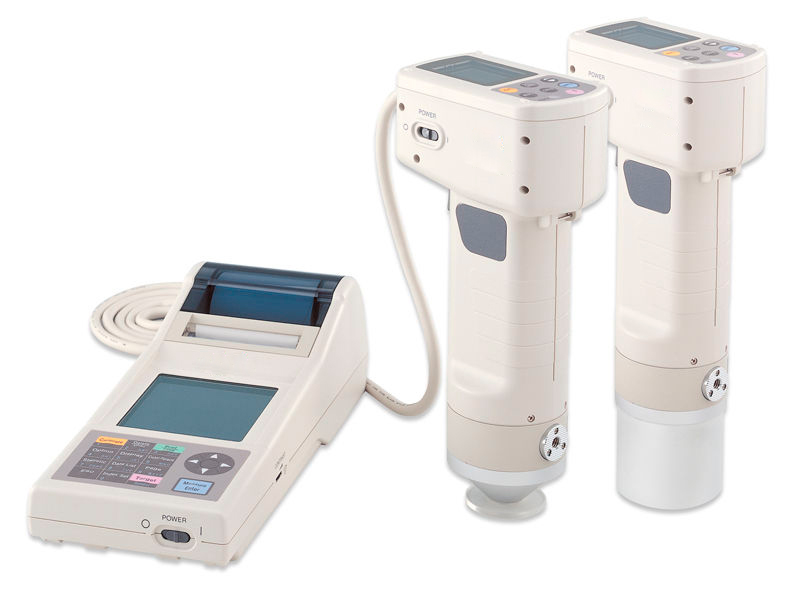
Our handheld Colour Reader product measures the colour and whiteness of foods or raw materials in paste, solid, or powder form. It boasts an impressive LCD screen that displays measurement results from one of eight color spaces/colorimetric indexes including L*a*b*, L*C*h, Yxy, Munsell, WI (CIE/ASTM E 313-96), Tint (CIE/ASTM E 313-96), YI (ASTM E 313-96).
This instrument can be utilized in order to control colour from raw materials through the process of manufacturing. It can also quantify the effect that storage has inflicted on the whiteness of a product during transportation. It is both battery-operated and light-weight, so it is extremely portable. This unit can also be connected to an AC adapter for external power.
This device is affordable and easy-to-use. It is particularly ideal for industries that are just beginning to measure colour or need multiple devices that are reliable yet affordable. The functionality of this instrument is user-friendly and does not perform any unneeded processes. This makes things simple.
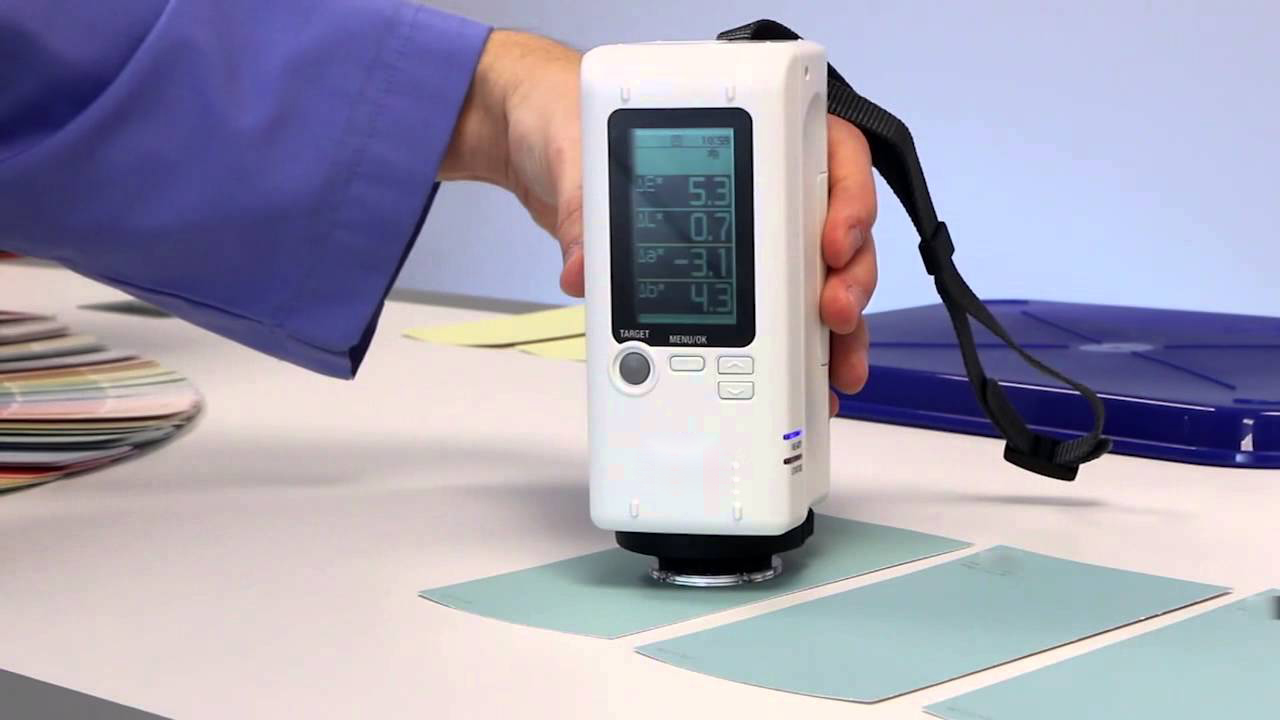
The Uni Gloss is with single measuring angle of 60°, is an easy-to-use gloss meter that provides precise gloss measurement of sample with medium gloss instantly.
The product also offers tighter inter-instrument agreement and smaller aperture, the new gloss meter series offers the versatility needed to meet the ever-changing needs in gloss measurement.
The Multi Gloss Meter is a portable and compact gloss meter that complies with major international standards like ISO, ASTM, DIN and JIS. With 3 measuring angles of 85°, 60° and 20°, it can provide precise and quick gloss measurement of various surfaces from matte to high gloss finish.
Measurement (up to 999 measurements) with date and timed stamped can easily to be stored and used for statistical calculations. Using it with the gloss data software, smart-lab Gloss, professional reports with trend graphs can be generated effortlessly.
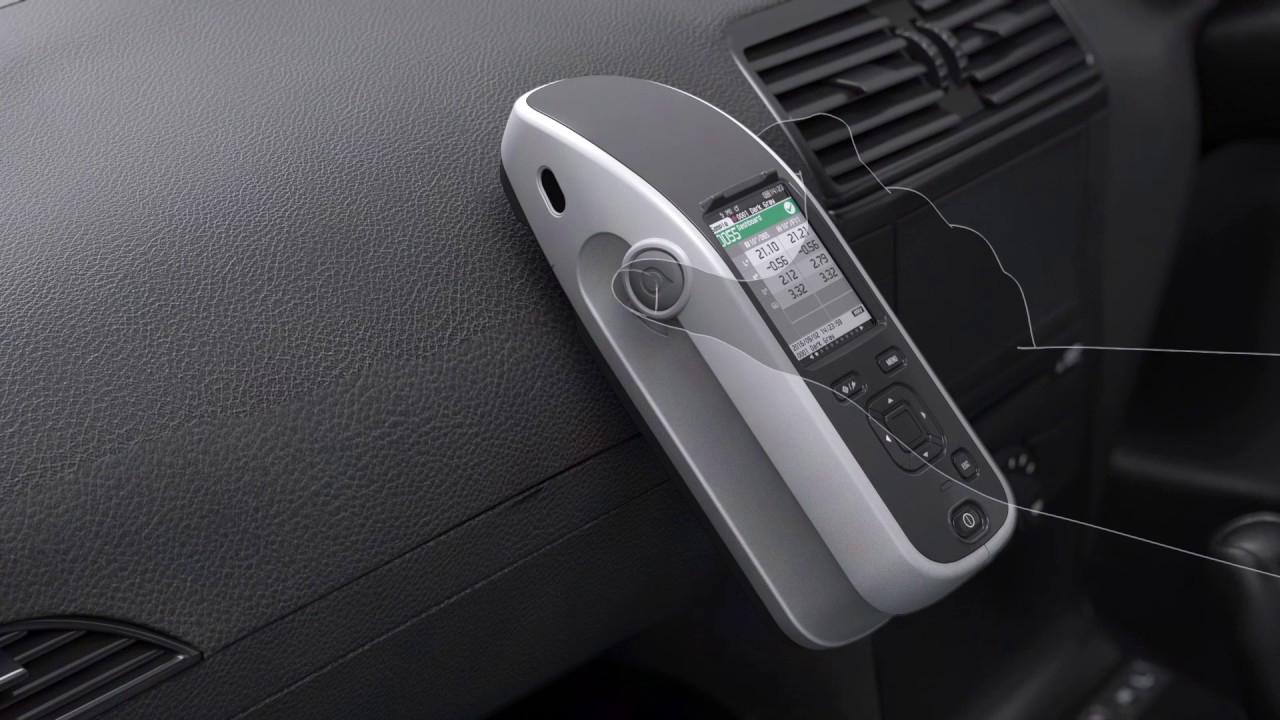
Light & Display Measurement Solutions
Our product Illuminance Spectrophotometer is used for illuminance measurements and the spectral evaluation of high quality, next generation lamps including OLEDs, LEDs, and EL illumination.
The multiple sensors and optical grating make the equipment ideal for measuring and evaluating CRI which is the calculation of color-rendering properties of light sources and lamps while providing objective criteria. This device will display and measure the CRI (Ra) and individual indices; R1 through R15. One of the many benefits of a sensor based detector is the capacity to present spectral distribution in graphic format. Since the equipment illuminance spectrophotometer is sensor based, using this instrument is a perfect option for measuring narrow bandwidth light sources such as Ultra High Pressure Lamps (UHP), LEDs, OLEDs, and many others.
The immediate availability of photometric units makes them efficient on a moment’s notice; illuminance in lux and foot candle, chromaticity in XY and uv color space, Duv, color temperature (CCT) in Kelvin, dominate wavelength, tri-stimulus values XYZ, and excitation purity are among the viabilities included.
The portable, light weight design encourages use with multiple applications throughout the lighting industry. The illuminance spectrophotometer can be used with or without a computer and has the capability of use by itself anytime color temperature lamps, LEDs, and/or CRI need to be measured. The ability to directly check peak wavelength and spectral irradiance waveform make this device a desirable addition to any kit.
The product comes standard with the Data management Software capable of downloading directly into Excel. The device features a display that shows data such as spectral irradiance values, chart color rendering indices, spectral waveform, and enabled LED Binning Function.

The Chroma Meter can measures the chromaticity of light sources such as LED, Organic LED (OLED), and other forms of Organic Electroluminescence (EL) as well as color temperature and illuminance.
The measure of color temperatures are an important part of determining the correctness of a LED’s illumination. This incorporates precision sensors coordinate with the International Commission of Illumination (CIE) defined color matching functions; the results are displayed in a variety of application specific color notations.
This device is crafted for the purpose of producing greatly reliable color temperature measurements, especially for white LEDs. The design of the equipment has the capability of inspecting the output light quality while measuring the chromaticity from the phosphor of a completely assembled white LED.
The Chroma Meter is a compact device created to fit comfortably in the palm of your hand. The design includes easy portability and is battery operated. This chroma meter comes equipped with a low battery indicator and is rechargeable battery friendly. Data Management Software, which includes the Japanese Industrial Standard (JIS) calculations ranking function, is provided with the equipment making it easy for users to transfer data to Excel. The instrument can also be connected and operated directly through a personal computer.
The receptor head can be removed from the main body and can be used in darkroom boxes or installed in an inspection system. Data is collected by connecting the receptor and body via a LAN cable. The Chroma Meter features the ability to collect multi-point measurements by using up to 30 receptor heads along with the user friendly calibration function. The calibration function provides the ability to compare measured values to a specific sample.
The Chroma Meter works ideally in situations requiring lighting production and adjustment, color-viewing cabinet maintenance, utilization as a photographic color meter, measuring projector light sources, LED billboard development and maintenance, and the evaluating the light distribution of LED illumination fixtures or models.

The emergence of OLED technology necessitate the need for wider color gamut and greater intensity measurement. The Color Analyzer is with higher-accuracy measurement, is designed for the measurement and testing of today’s ever-evolving displays.
Equipped with new sensors and circuitry, the equipment offers users the ability to accurately measure and adjust the chromaticity and gamma characteristics of High Dynamic Range (HDR) displays across luminance range of 0.001 to 5,000 cd/m2. With improved XYZ filter that closely matches CIE 1931 color-matching functions and new calibration light source which simulate wide-gamut OLED, user can more accurately measure and adjust the white balance and chromaticity of wide color gamut displays.
Color Analyzer is designed to be integrated easily into today’s highly automated production processes. It can be configured through the use of direct connection between measuring probe and computer. It also has a motorized zero-point calibration shutter for unmanned operation.
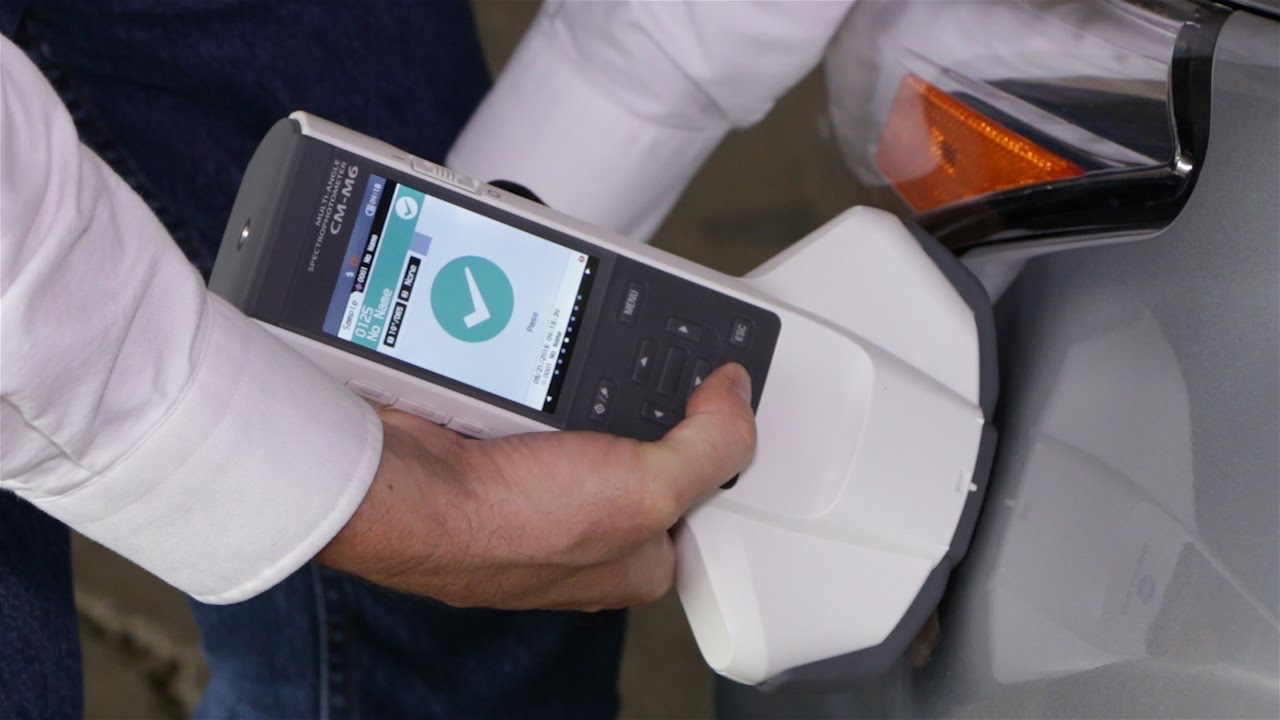
Spectroradiometer produces highly accurate extremely low luminance measurements. Luminances with contracts ranges of 1,000,000:1 and ranges as low as 0.0005 cd/m2 are accurately measured with the instrument due to its 1° measurement angle. Throughout the measurement process, the instrument has the capacity to maintain less than 5nm half bandwidth.
The Professional Data Management software allows you to obtain very accurate readings and management of the device. The software enables you to get acceptance judgments for dominant wavelengths when measuring light sources.
The measurement angle on the spectroradiometer highlights a switching function so you can choose specific measurement angles that range from 0.1°, 0.2°, or 1° using a variety of applications. Standard minimum measuring diameter is 0.5mm. Available accessories include a close-up lens. This optional accessory has the ability to measure areas that are as small as 0.1mm. Luminosity and chromaticity are stable. General displays are produced quickly using the device whether measuring large or ultra-small ranges like audio systems, aircraft instrument panels or automotive instrument panels.
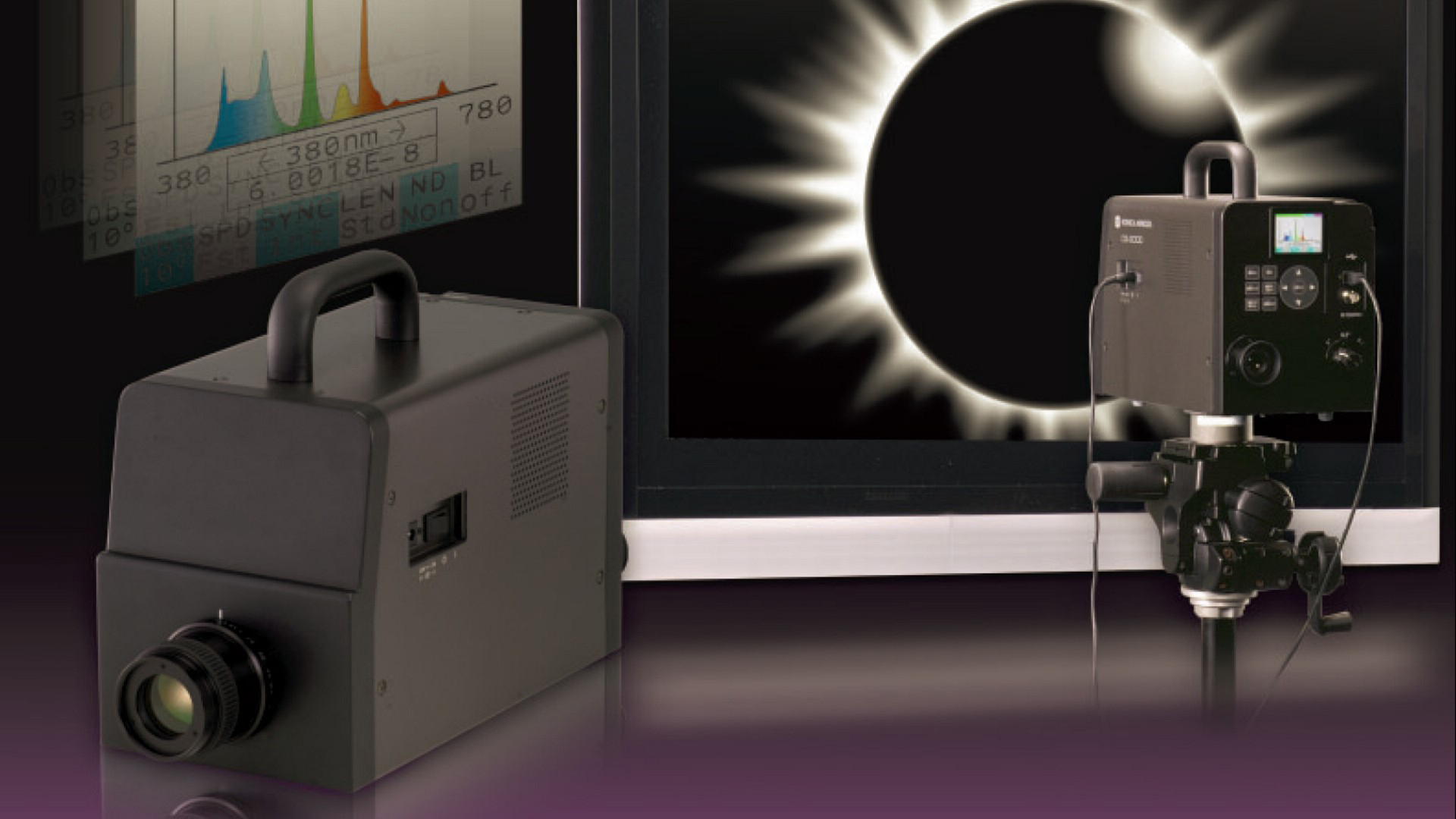
Our product 2D Color Analyzer is an innovative, fourth generation The equipment is an ideal instrument for evaluating luminance and chromaticity mura (non-uniformity) of a variety of display devices, such as LCD and OLED displays, and other light emitting devices such as automobile instrument panels and illuminated keypads. Unlike conventional imaging colorimeters that use RGB color separation filters, it uses XYZ filters that closely match the CIE 1931 color matching functions. This provides luminance and chromaticity measurements that correlate well with human eye sensitivity.
The Color Analyzer now comes with an improved minimum measurable luminance range (0.05 cd/m²) and is more durable, with service life measurement cycles of approximately 5 times that of the predecessor model. Furthermore, the new Data Management Software provides simple measurements. This is made possible by the introduction of the focus assist function, positioning assist function, and the automatic measurement area extraction function in the software. The software is also capable of measuring multiple samples simultaneously and provides evaluation results for each individual sample, resulting in greater measurement efficiency.
